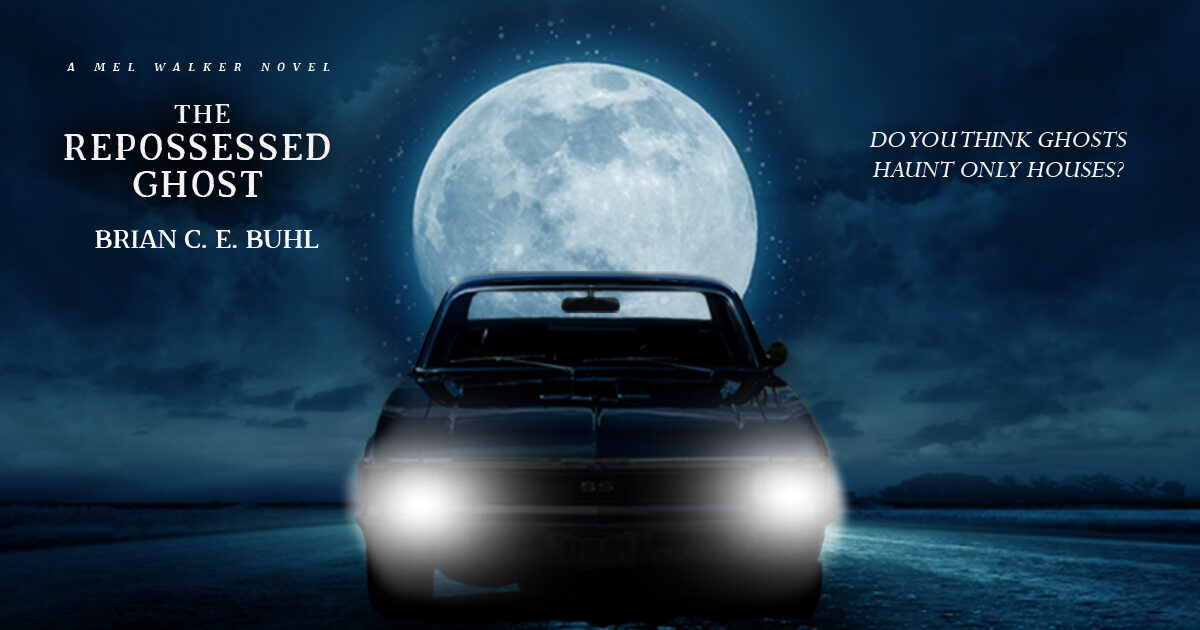This post is specifically for Richard Crawford. When I asked a few friends for topics I should write about on my blog, Richard cheerfully suggested trucks. He was looking out the window at the time. So, without using the word “defenestrate” even once, I’m going to talk about my thoughts on trucks. My primary focus will be on their usefulness to me as a writer.
As much as it seemed like a joke topic, there’s actually quite a bit we can talk about. To start with, the “truck” vehicle category is quite broad. It could describe a small pickup, like the Mitsubishi Mighty Max. Or it refer to a huge 18 wheeler hauling huge loads down a crowded highway. All along the truck spectrum, you can find cultural touchstones, from country music and Southern Pride to CB radio lingo.
As a writer, trucks are amazing because of just how many implications come packed inside the concept. If the writer describes a character as owning a truck, the reader immediately starts imagining tertiary details. Baseball caps, five o’clock shadow, boots, maybe a denim jacket or plaid shirt. Without any prompting, there are all of these delicious stereotypes to draw upon.
Quick sidebar… stereotypes have their uses. We shouldn’t use them when dealing with people in real life. Applying stereotypes to individuals is the first step in prejudice and objectification. But stereotypes still exist within the culture, and using them as a shortcut in fiction isn’t explicitly evil. The writer channels The Dark Side when they perpetuate painful stereotypes. But like tropes, touching on a stereotype can be useful for setting up the reader’s expectations. Good writers often take the opportunity to turn those expectations upside down. For example, the parable of The Good Samaritan was based on the stereotype (at the time) that Samaritans weren’t nice people.
Okay, back to trucks.
When writing The Repossessed Ghost, I described two characters as owning trucks. The first was a young woman that thought herself to be above others. I reflected this characteristic in her choice of vehicles. She thought herself better than others, and in her big shiny truck, she sat higher than everyone else. She also drove like the rules didn’t apply to her, going over curbs and taking up multiple spaces when parking. The truck allowed her to get away with this sort of behavior. I was able to use the truck to convey some aspects of that character’s personality without explicitly stating them.
The second character that owned a truck was a man that pretends to be a psychic, selling his services to celebrities and performing on stage. With this character, the truck is a part of his mask. He wears jeans most of the time, but his nails are manicured, and his hair is perfect. He drives a truck because he wants people to believe he’s down to earth, a man of the people. A simple man with a gift, which he shares (for a nominal fee) to the people that need him. There are a lot of lies surrounding this character, but the truck is also a reflection of the truth about him. Where the first character with a truck in the story drives over curbs and can’t stay in her lane, this guy maneuvers his truck with skill and precision. Again, it’s a reflection of his character. He is observant and in control, even when he’s behind the wheel of a tall pickup.
That’s how I used the trucks in my story, and I only scratched the surface of how trucks can be used to convey subtle ideas about character or theme.
Do any of you remember when Senator Ted Stevens talked about the internet saying that it’s “a series of tubes”? It’s been a long time, so I forgive you if you’ve forgotten. In that same speech, he also said the “Internet is not something you just dump something on. It’s not a big truck.”
In addition to being somewhat hilarious, Senator Stevens’ words demonstrate what I’ve been talking about. Trucks are something you can dump stuff on and haul away. We all accept that description of trucks. If a writer is crafting a metaphor about getting dumped on, with the expectation that they will carry someone’s burdens, a truck may serve.
Trucks aren’t the only things in our world that carry connotations or hidden meanings. The exercise I’ve done today with looking at trucks can be applied to lots of things. What do you assume about a character if I mention that they’re carrying a Starbucks coffee cup in one hand? What do you think about when I describe a rocking chair, sitting on a porch, its paint faded and flaking? What comes to mind if I mention a tube of cherry red lipstick, sitting on the edge of a nightstand, or maybe at the bottom of a purse? We imbue objects with cultural meaning. As writers, we can tap into those objects and use their ideas, like drawing power from a fresh battery.
Thanks for the topic, Richard. Talking about trucks has been fun.
